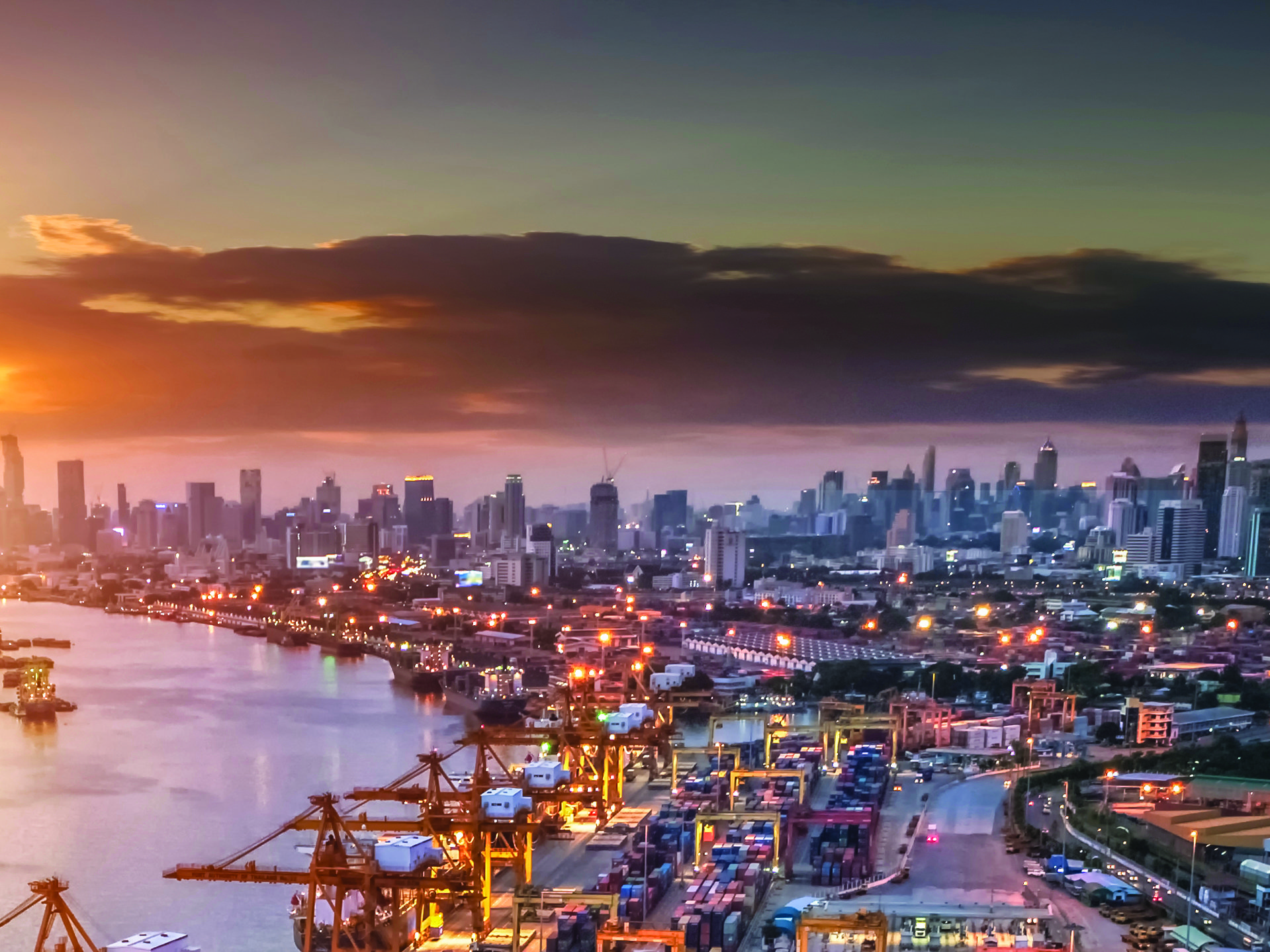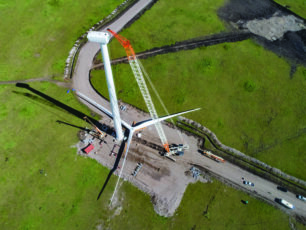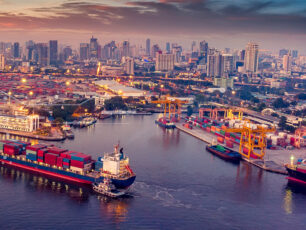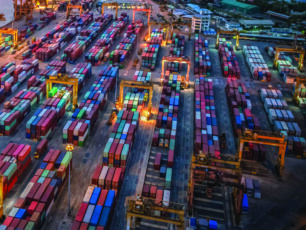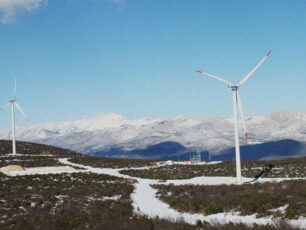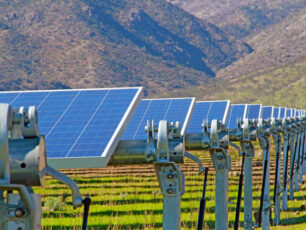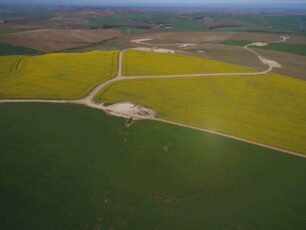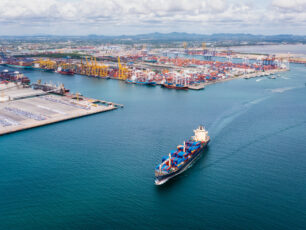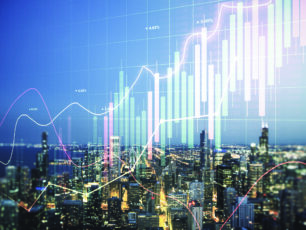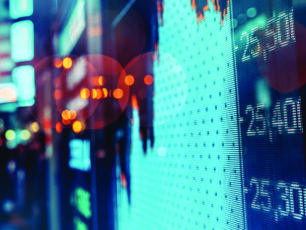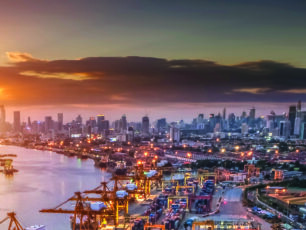A higher yield on sovereign debt generally indicates that investors perceive greater risk associated in that country. This could be due to concerns about ability or willingness to repay debt or uncertainties regarding the economic or political situation in the country.
Unsurprisingly, markets see the highest risk in ‘Structurally Challenged’ and lowest for the ‘Global Influencers’ group. The rest sit somewhere in the middle, although ‘Stable but Small’ are in the less risky end of this middle spectrum. ‘Natural Resource Winners’ are on the riskier side of this mid-range, although this is partially driven by the current high perceived riskiness of South Africa.
Market perceptions can change rapidly in response to new information or events, making it more helpful to look metrics over a longer horizon. The 5-year average figures reveal similar bucket differences – barring ‘Stable but Small’ that emerge more clearly as having lower market perceived risk levels (after ‘Global Influencers’ and ahead of ‘Supply Chain Heroes’). This makes sense, given the recent energy shock from the Russia-Ukraine war has hit EM Europe particularly hard, who make up the bulk of our ‘Stable but Small’ bucket.
We have chosen not to focus on variables such as credit ratings or CDS spreads. The former are reactive, the latter heavily influenced by illiquidity.
